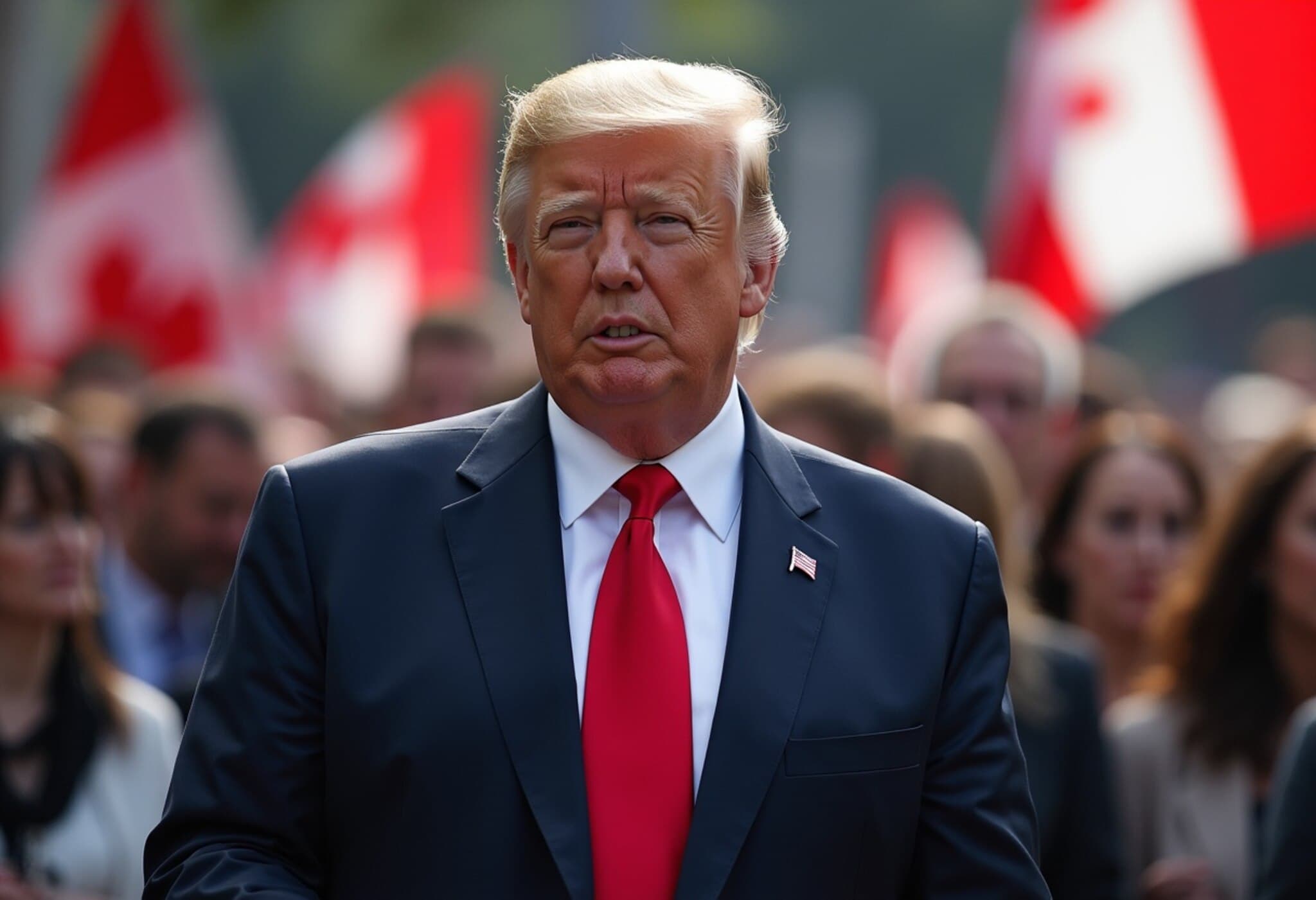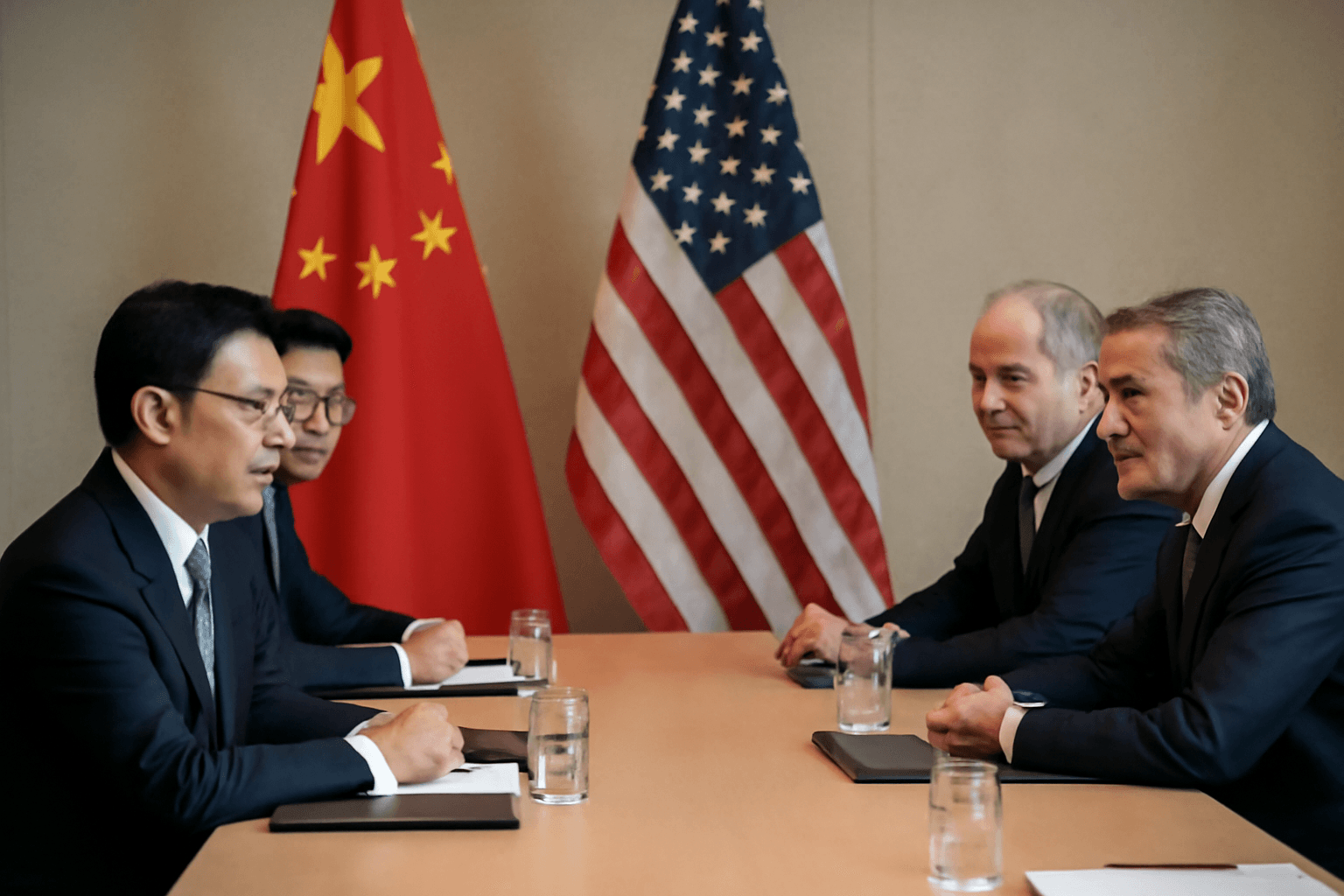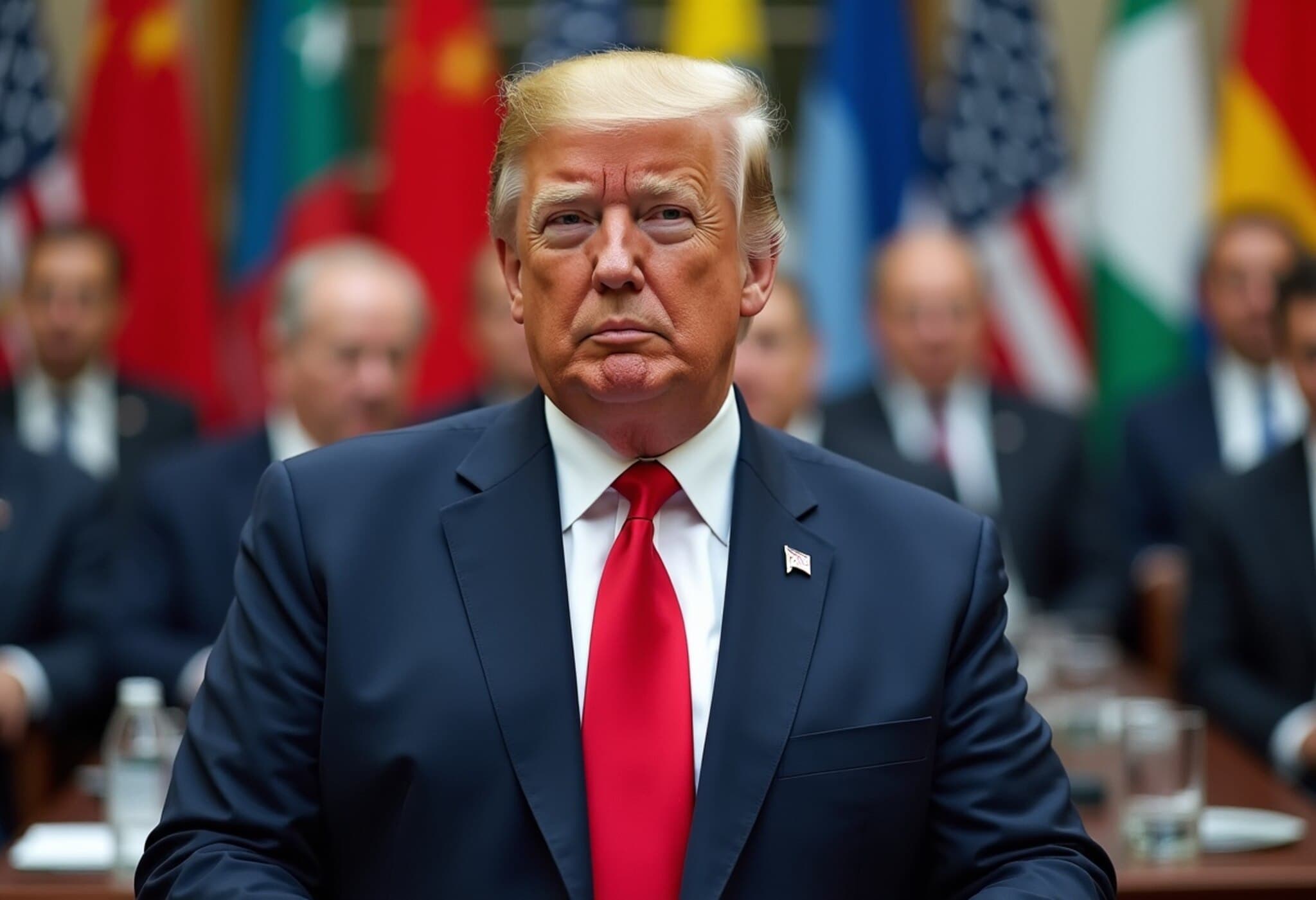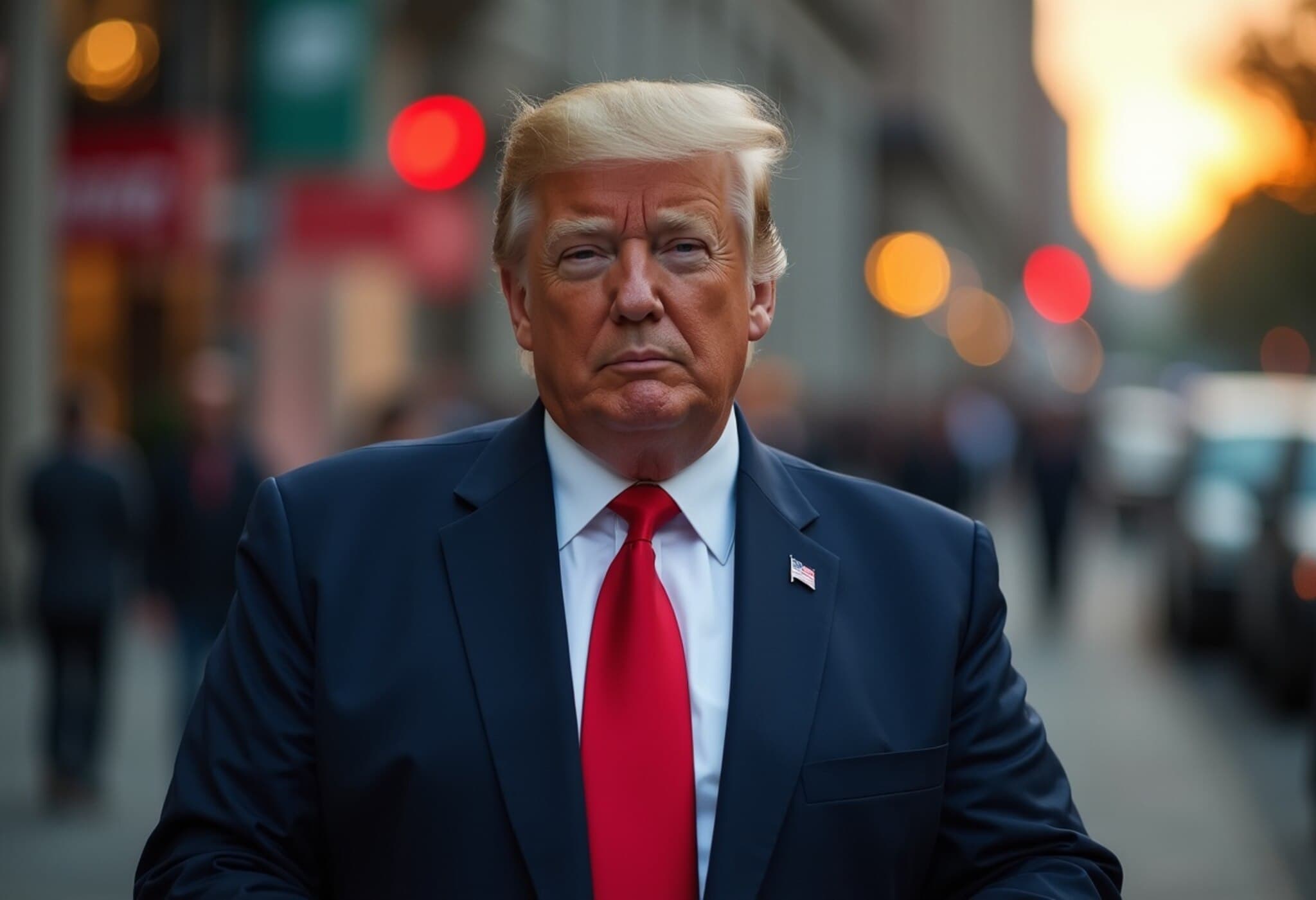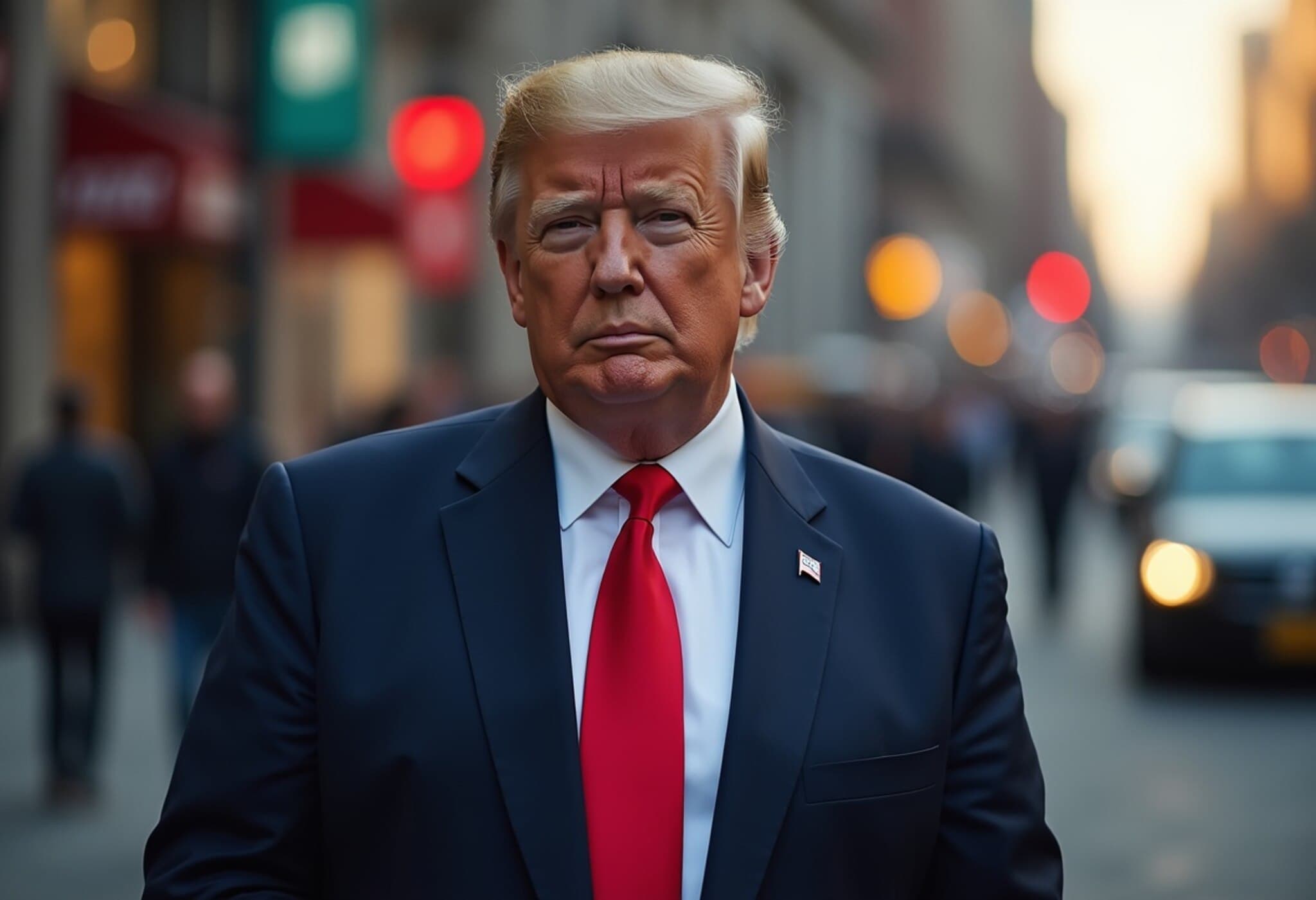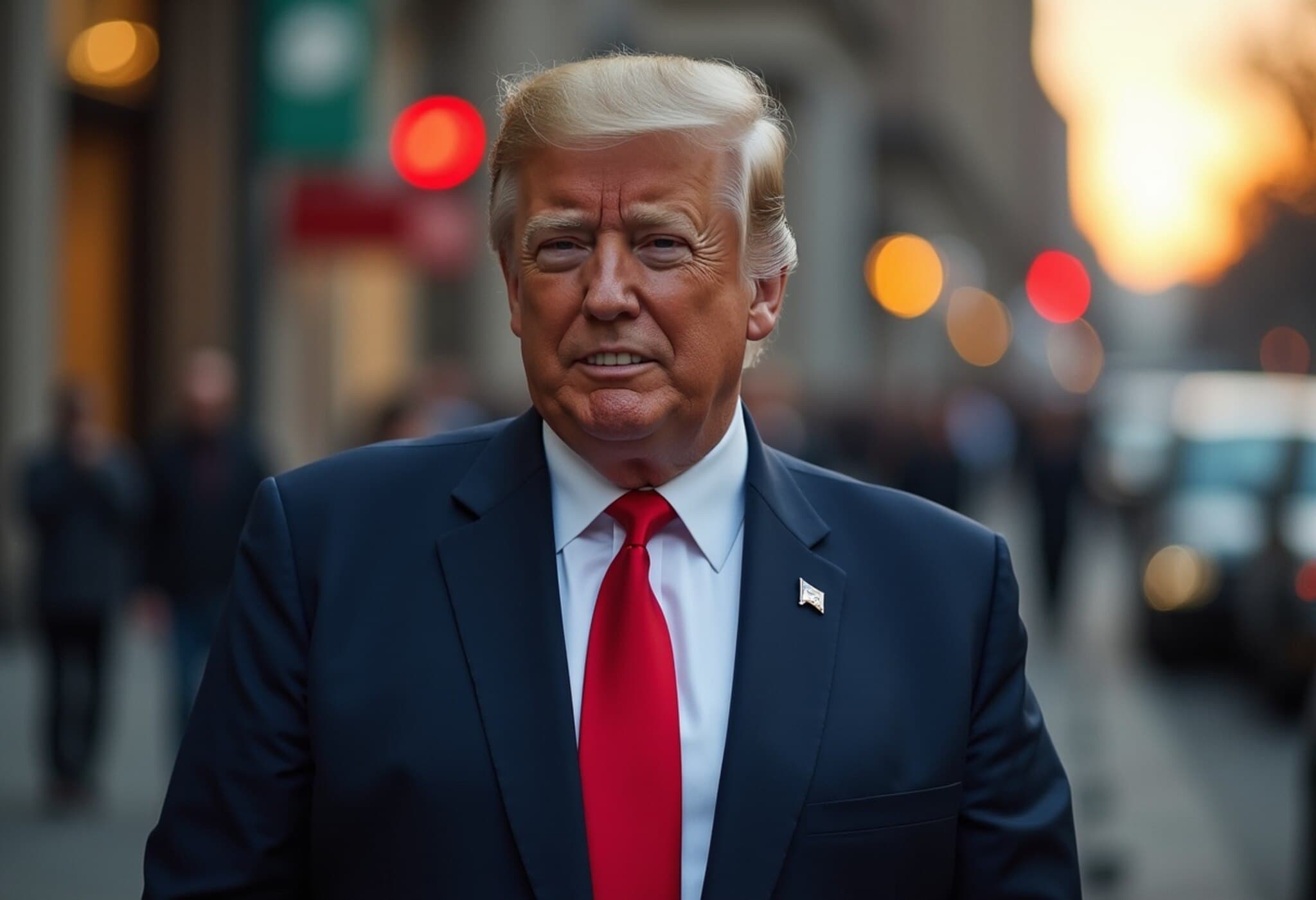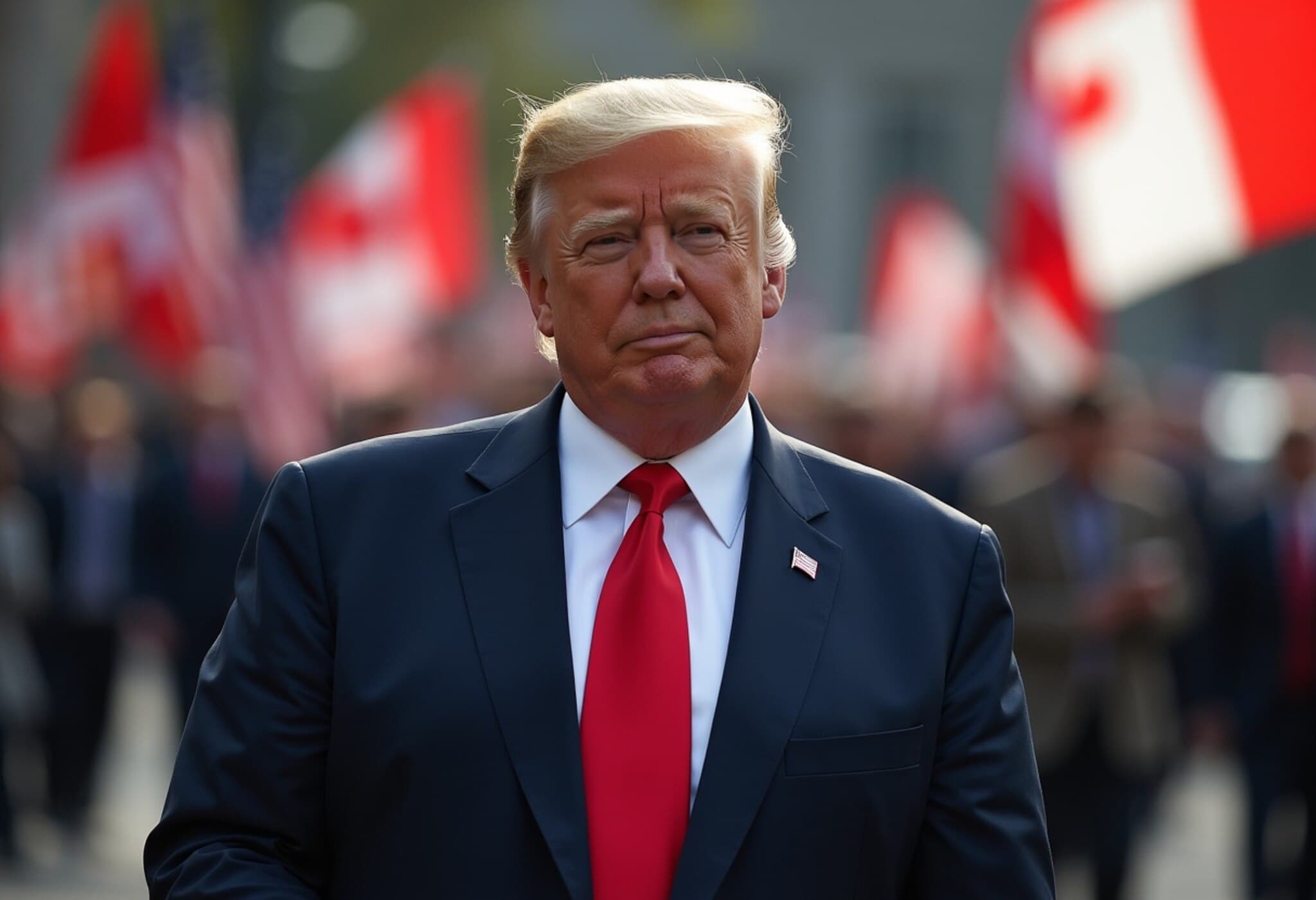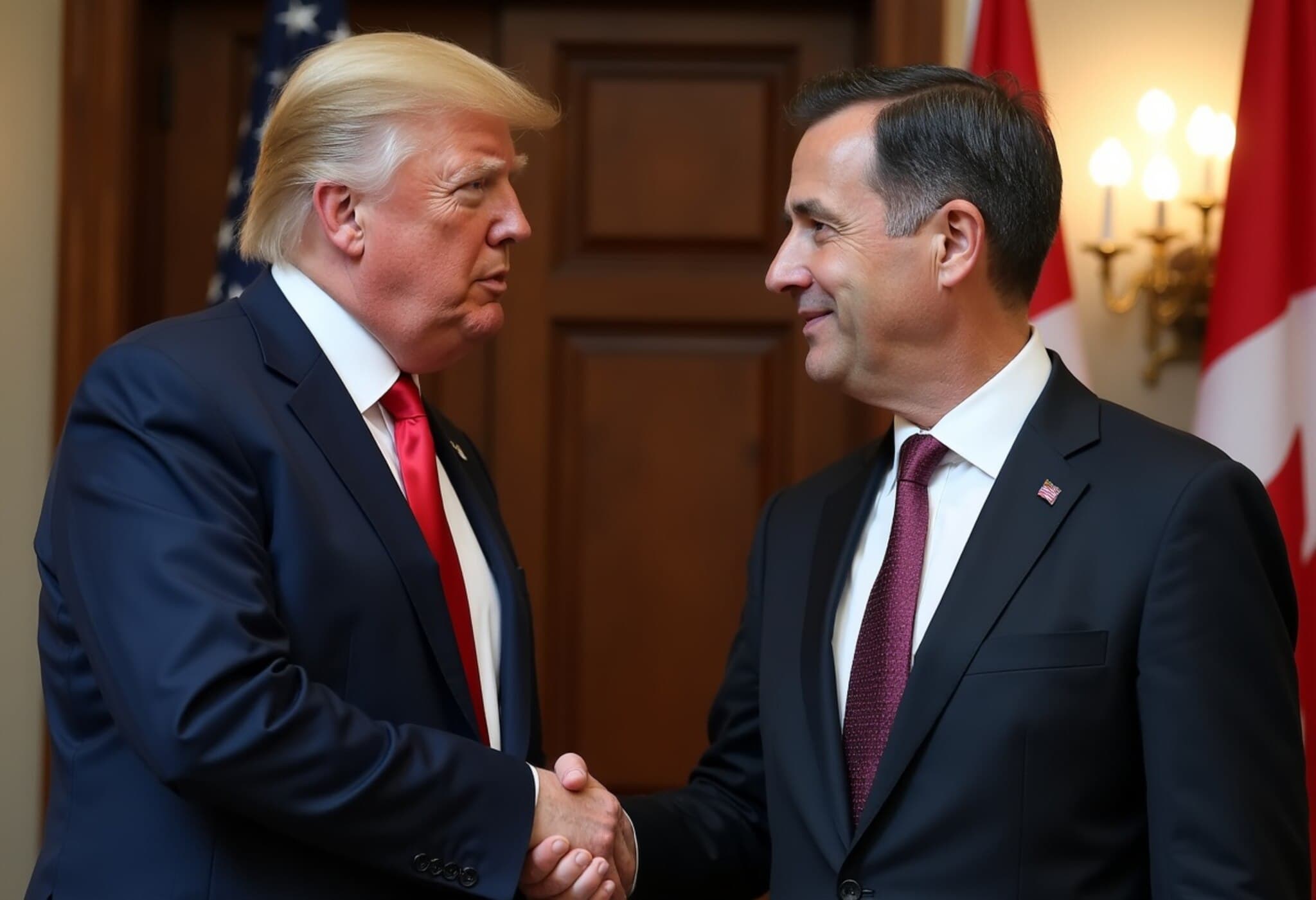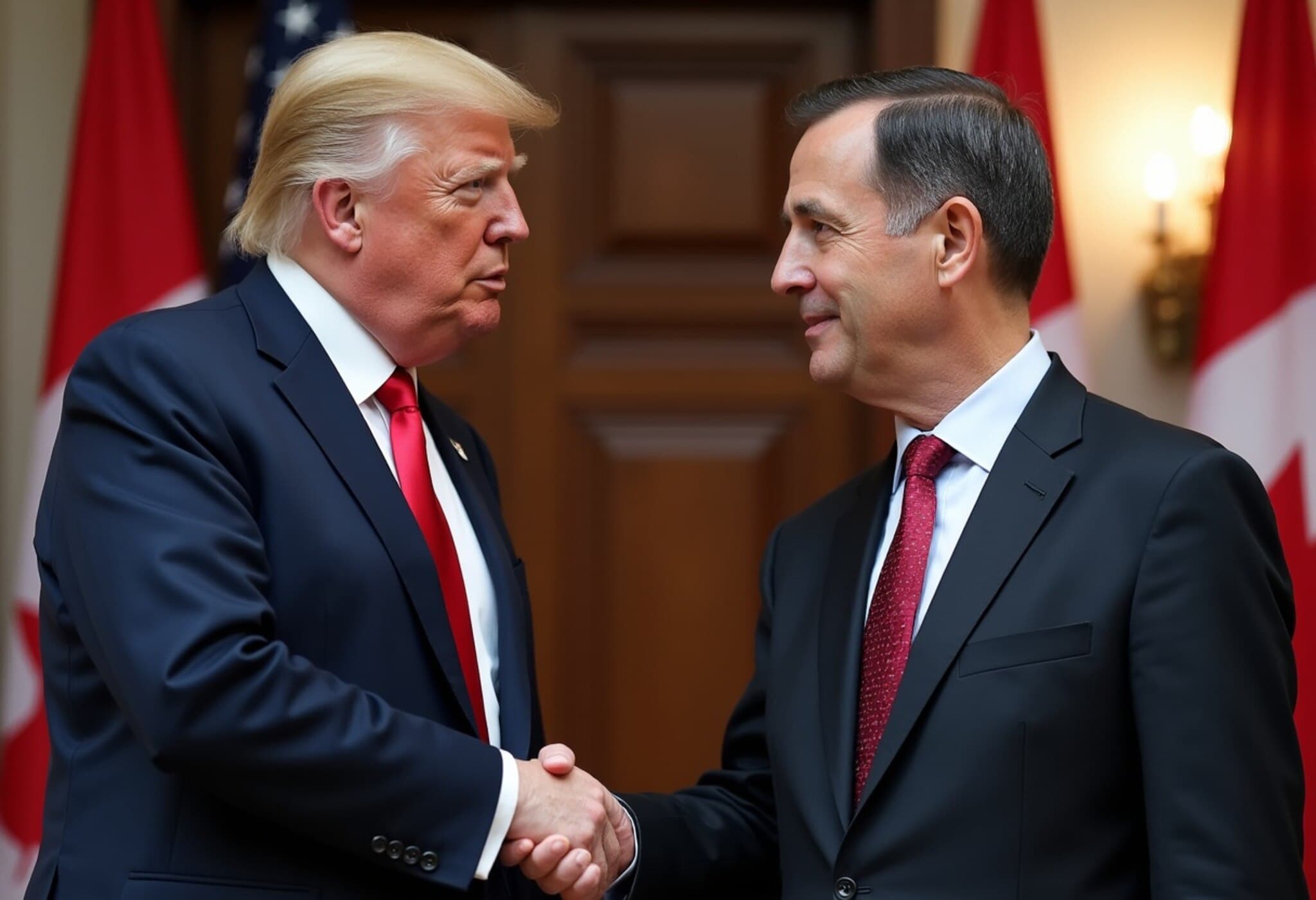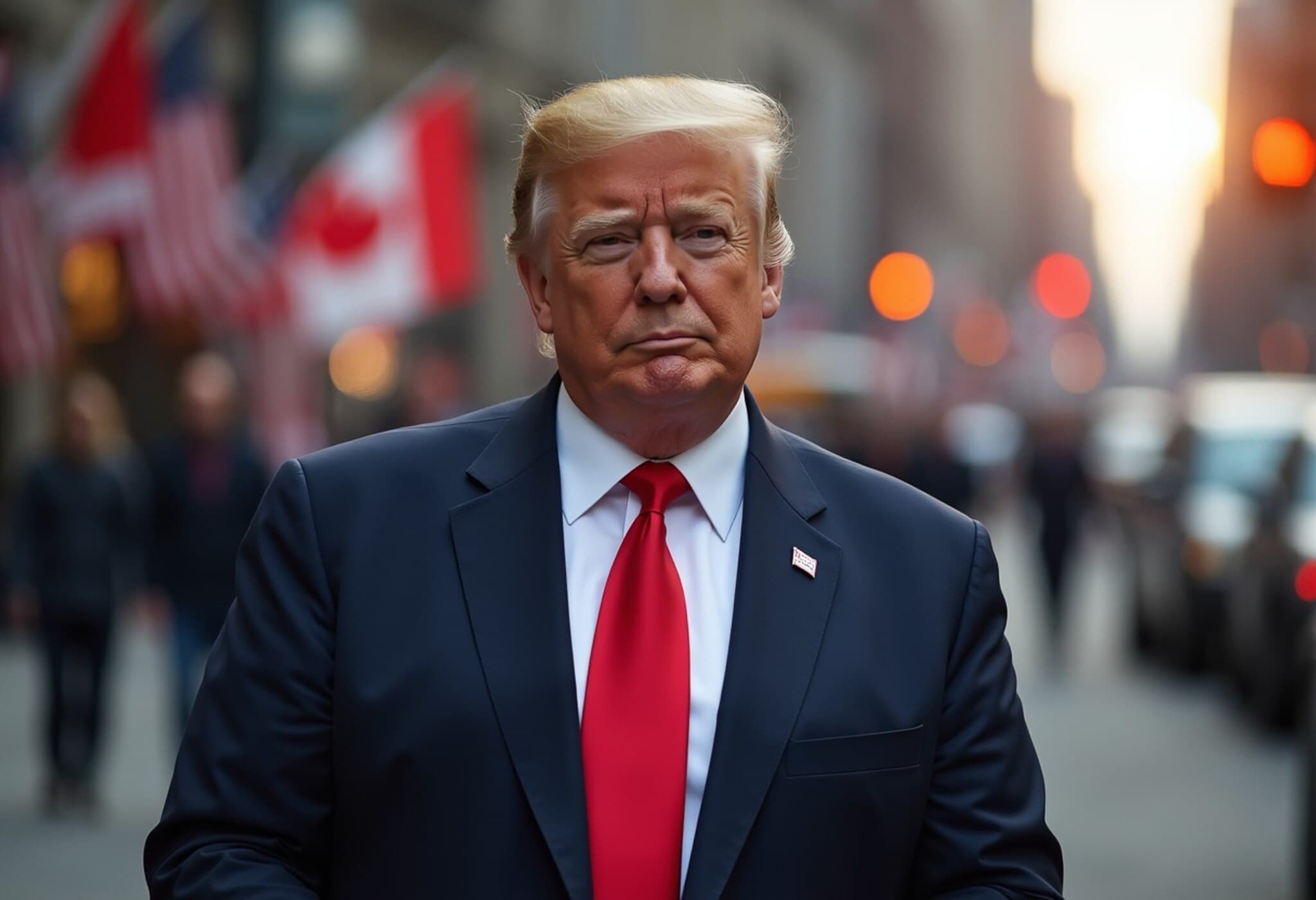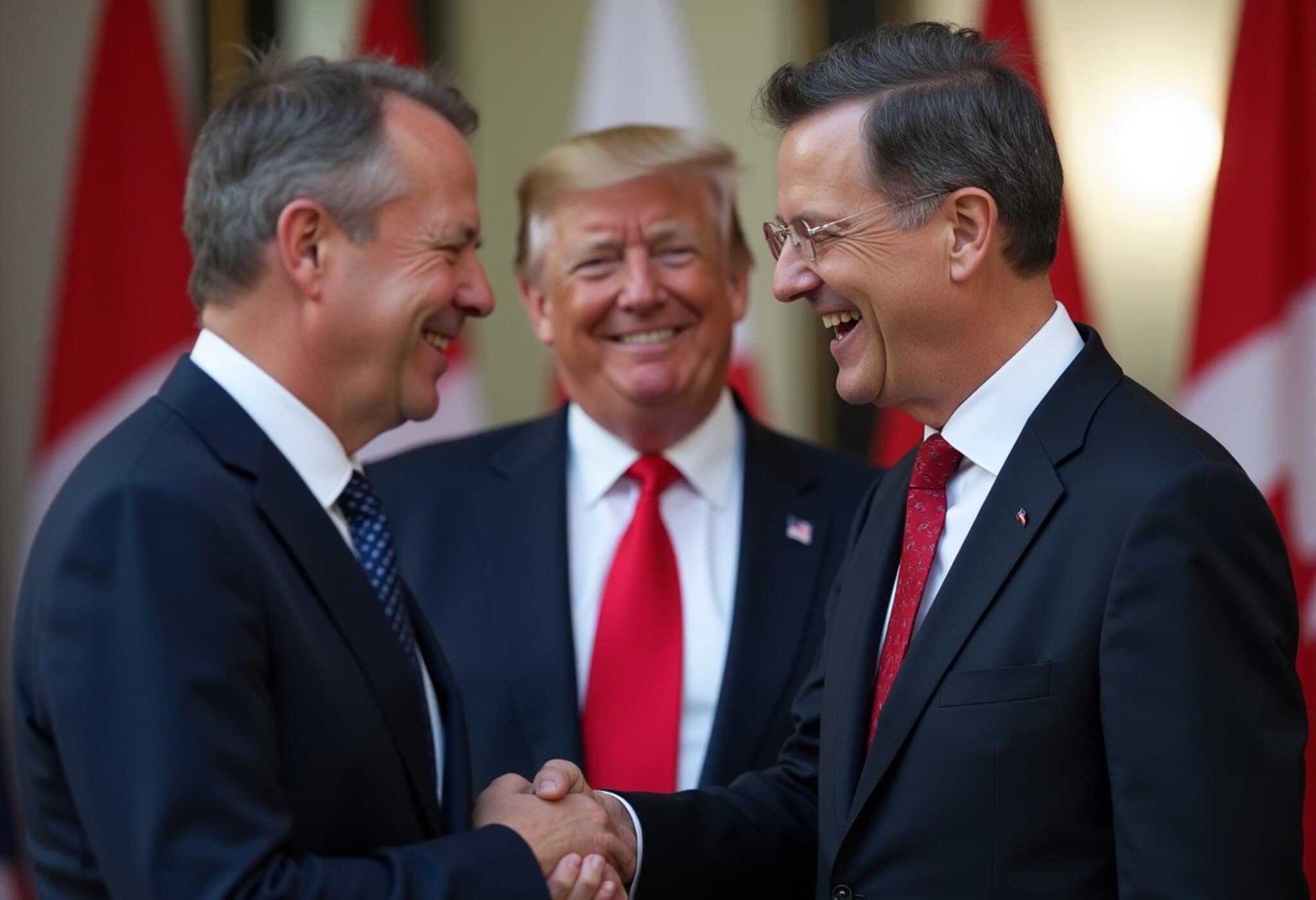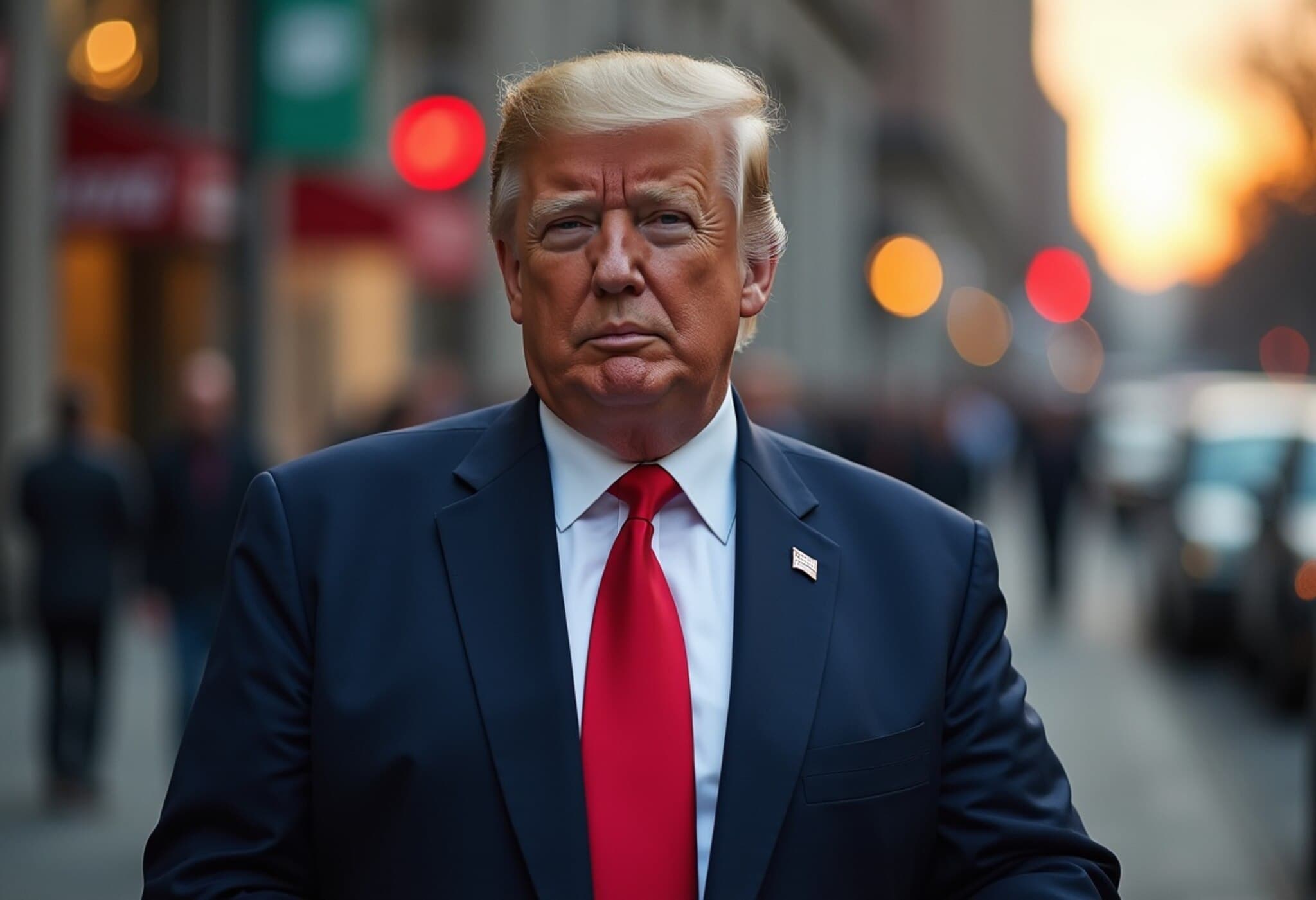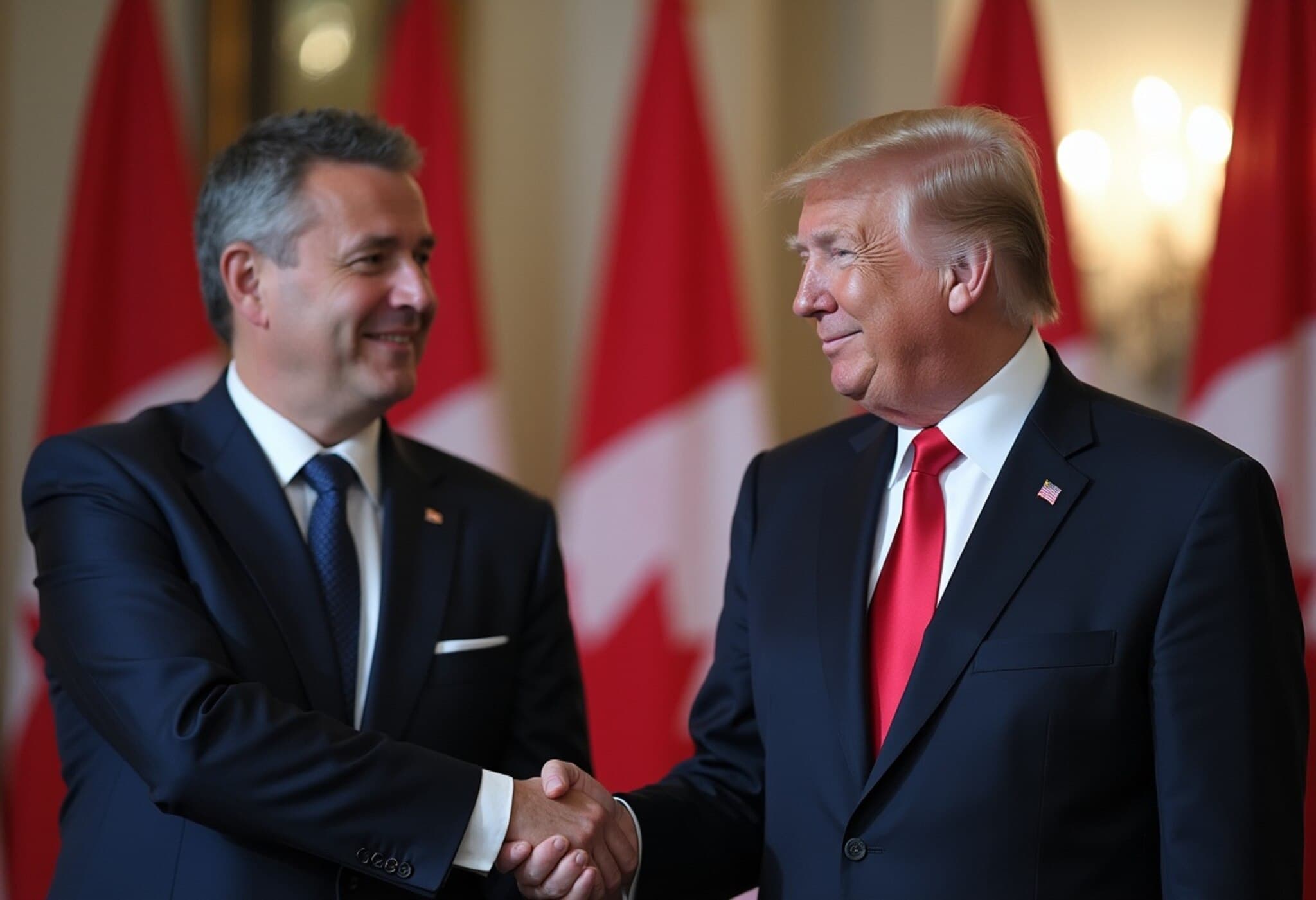Trump Escalates Trade Pressure with 35% Tariffs on Canadian Imports
In a bold move that rekindles longstanding trade tensions, former US President Donald Trump announced a new 35% tariff on all Canadian imports, effective August 1, 2025. This announcement, made through a widely publicized letter to Canadian Prime Minister Mark Carney, marks a significant escalation in the friction between the two neighboring nations, known for their deep economic ties. Notably, tariffs on steel and aluminum imports from Canada will remain steep at 50%, underscoring the administration's continued focus on protecting US steel and aluminum industries.
Background and Context: A Complex Trade Relationship
The United States and Canada share one of the world’s largest and most integrated trading relationships, highlighted by the longstanding North American Free Trade Agreement (NAFTA) and its successor, the United States-Mexico-Canada Agreement (USMCA), renegotiated under Trump’s prior administration. Imposing a sweeping 35% tariff surpasses the originally anticipated 25% rate and could severely disrupt this intricate trade ecosystem, affecting everything from automotive parts to agricultural products.
Trump’s Justifications and Underlying Concerns
In his letter, Trump expressed frustration over the trafficking of fentanyl across the Canadian-US border, despite evidence suggesting that less than 1% of the drug originates via Canada. The tariff threat appears to be a mechanism to pressure Canada further, linking trade policy with border security concerns. The president also threatened to retaliate if Canada increased its tariffs, warning that any hike would automatically add to the 35% US levy.
Canadian Response and Trade Negotiation Outlook
Prime Minister Mark Carney responded calmly and pragmatically, emphasizing Canada’s commitment to defend its workers and businesses while continuing negotiations leading up to the August deadline. Posting on social media, Carney highlighted ongoing dialogue and reassured the public that Canada remains steadfast despite the tariff escalation.
Economic Markets and Reactivity
Interestingly, the US stock market’s reaction to the announcement was muted, reflecting a shift in how markets and investors perceive Trump's tariff threats compared to previous years. Major indexes rose, contrasting with past instances where similar tariff announcements triggered market volatility. Analysts attribute this to tariff fatigue, where repeated threats lose their shock value, and a more settled market perspective on trade disputes.
The Broader Picture: Global Tariff Strategy and Legal Challenges
Trump's recent salvo is not isolated to Canada. Letters with similar tariff threats were dispatched to other trading partners including Japan, South Korea, Brazil, and Bosnia and Herzegovina — the latter receiving an incorrectly gendered address in official correspondence, highlighting chaotic execution. Brazil, dealing with its own political turmoil, now faces a potential 50% tariff, a significant increase from the initial 10%.
These tariff actions, often communicated directly from the White House rather than the US Trade Representative’s office, bear the hallmarks of Trump's informal and sometimes erratic communication style, with unusual capitalizations and exclamations underscoring the political theater behind trade policy.
Legal Cloud Over Tariff Legitimacy
Adding to the uncertainty, US federal courts have questioned the legality of these so-called reciprocal tariffs. In May 2025, a federal trade court ruled against the administration’s justification, which relied on emergency economic powers. Though the government has appealed, an injunction allows tariffs to remain in place until further judicial review, prolonging ambiguity for businesses reliant on cross-border supply chains.
Expert Perspective: Trade Policy Meets Political Posturing
From a policy analyst’s standpoint, these tariffs appear as much political signaling as economic strategy. The increased levies on Canadian imports, a key US ally and trade partner, risk escalating tensions with limited tangible gains. The linkage of drug enforcement concerns to sweeping trade measures blurs policy lines and complicates diplomatic resolutions.
Furthermore, the market’s calm response suggests that businesses and investors have adjusted their expectations, potentially indicating that the economic impact of these announcements is already factored in or viewed as negotiable brinkmanship. However, the persistent uncertainty, especially with looming deadlines, weighs on corporate planning and bilateral economic confidence.
What Lies Ahead for US-Canada Trade Relations?
- Negotiation intensifies: With the August 1 deadline approaching, both governments must navigate tariff threats and negotiate terms that preserve economic stability.
- Legal outcomes pending: The appellate court’s decision on tariff legality will be pivotal in shaping the administrations’ ability to wield such trade tools in the future.
- Economic sector impacts: Industries like automotive, agriculture, and resource extraction closely monitor tariff developments, as tariffs can ripple through complex supply chains.
- Political signaling vs. economic reality: Policymakers must manage domestic political imperatives without undermining vital international partnerships.
Editor’s Note
This renewed wave of tariffs serves as a reminder that trade policy remains a powerful but double-edged instrument in international relations. While tariffs are often framed as protectionist shields, their broader implications ripple through diplomatic channels, markets, and everyday livelihoods. As the US and Canada approach a critical nexis point this summer, observers should question how far tariff brinkmanship will go before collaboration and compromise take center stage again.
Key questions remain: How will escalating tariffs affect average consumers and workers in both countries? Will legal challenges shorten or extend this chapter of trade uncertainty? And ultimately, can the US balance its national security concerns without sacrificing a trade relationship that has long served as an economic backbone in North America?

